Transportation companies have long had a need for a means of effective communication for passengers. Transit Signage that keeps people informed of the latest timetable information, delays and cancellations is an integral part of providing an efficient service. Now, thanks to the growth of real time digital signage, communicating messages with transit signage has never been easier.
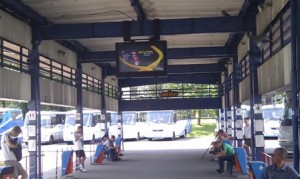
Since the rise of digital signage, one industry that has turned to this use of modern, flat screen displays as a means of communication like no other has been the transportation industry. Providing customers with a transit signage system that keeps them posted on all the latest changes to services helps transportation companies reduce complaints, keeps their customers happy, and makes for a more efficient service.
Real Time Transit Signage
Traditionally transit signage has been limited in its effectiveness. Real time information was only possible with the use of public address systems, which in a busy train or bus station were not easy to hear. Next came clunky mechanical signs that could relay information, such as delays, but were not very effective and keeping passengers informed of more detailed information. Now, thanks to the rise of transportation digital signage, delivering messages quickly across distance is not the challenge it used to be, and whether in an airport, train or bus station, news services can deliver up-to date information when it happens.
Digital signage is capable of true, real time information provision. So, when news of a delay reaches the operators, within seconds this information can be relayed to customers using the digital transit signage. And it is not just inside the concourses and ticketing halls where transportation digital signage is used. Thanks to the rise of outdoor digital signage systems and protective LCD enclosures, customers on platforms and outside the main building can all be kept informed of the latest information.
Noticeable Transit Signage
Transit signage is primarily used because of its effectiveness at grabbing attention and engaging customers. No longer do they need to strain to hear public address announcements, with screens clearly able to display important information.
Digital signage has revolutionized communication in the transportation industry, and in today world of mass travel and an increase in security, it makes the process far easier. Transit signage is widely used at airports informing passengers of ever-changing procedures, such as what can be taken onboard airplanes in hand luggage. This reduces waiting times at security and check-in, which makes the service more efficient for everybody.
Real Time Digital Signage
Furthermore, because of the flexibility of transportation digital signage, it’s not just information these screens are relaying. Increasingly, advertisements are being interlaced with the usual travel information on transit signage displays. This provides additionally revenue for transportation companies, who receive such a large numbers of people through their doors are attractive to advertisers. This additionally revenue enables transport companies to reduce the cost of fares and tickets, benefiting their customers base.
Transportation digital signage has revolutionized transit signage. Whether it is at an airport, train or bus station, or even a ferry terminal, transportation digital signage is changing the way transport companies communicate with passengers, improving their service, reducing waiting times and lowering the cost of tickets. In no other industry has the rise of digital signage had such a huge effect, which is why so many transportation companies are getting involved.
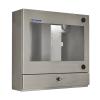
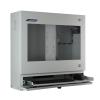
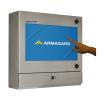
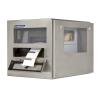
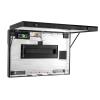
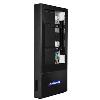
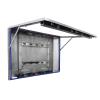
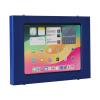
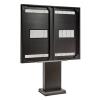
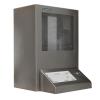






Comments are closed.